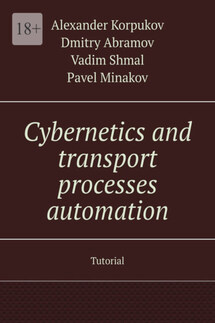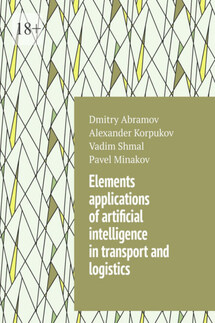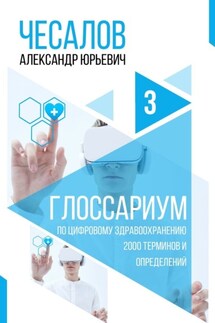Elements applications of artificial intelligence in transport and logistics - страница 3
Computer science defines AI research as the study of «intelligent agents»: any device that perceives the environment and takes action based on what it perceives.
It is a common misconception that artificial intelligence research focuses on creating technologies that resemble human intelligence. However, as Alan Turing wrote, the most important attributes of human intelligence are not the pursuit of mathematical knowledge and the ability to reason, but the ability to learn from experience, perceive the environment, and so on. To understand how these properties of human intelligence can be used to improve other technologies, one must understand these characteristics of human intelligence.
AI researchers and entrepreneurs use the term «artificial intelligence» to define software and algorithms that demonstrate human intelligence. The academic area has since expanded to cover related topics such as natural language processing and systems. Much of the work in this area takes place in universities, research institutes and companies, with investments from companies like Microsoft and Google.
Artificial intelligence is also used in other industries, such as the automatic control of ships, and is commonly used in the development of robotics. Examples of AI applications include speech recognition, image recognition, language processing, computer vision, decision making, robotics, and commercial products including language translation and recommendation engines. Artificial intelligence is at the center of national and international public policy such as the National Science Foundation. Research and development in artificial intelligence is managed by independent organizations that receive grants from public and private agencies. Other organizations, such as The Institute for the Future, have a wealth of information on AI and other emerging technologies and design professions, as well as the talent required to work with those technologies.
The definition of artificial intelligence has evolved since the concept was developed and it is currently not a black and white definition, but rather a continuum. From the 1950s to the 1970s, AI research focused on the automation of mechanical functions. Researchers such as John McCarthy and Marvin Minsky have explored the problems of general computing, general artificial intelligence, reasoning, and memory.
In 1973, Christopher Chabris and Daniel Simons proposed a thought experiment called The Incompatibility of AI and Human Intelligence. The problem described was that if the artificial system was so smart that it was superior to humans or superior to human capabilities, the system could make whatever decisions it wanted. This can violate the fundamental human assumption that people should have the right to make their own choices.
In the late 1970s and early 1980s, the field of activity changed from the classical orientation towards computers to the creation of artificial neural networks. Researchers began to look for ways to teach computers to learn rather than just perform certain tasks. This field developed rapidly during the 1970s and eventually moved from computing to a more scientific-oriented one, and its field of application expanded from computing to human perception and action.
Many researchers in the 1970s and 1980s focused on defining the boundaries of human and computer intelligence, or the capabilities required for artificial intelligence. The boundary should be wide enough to cover the full range of human capabilities.







